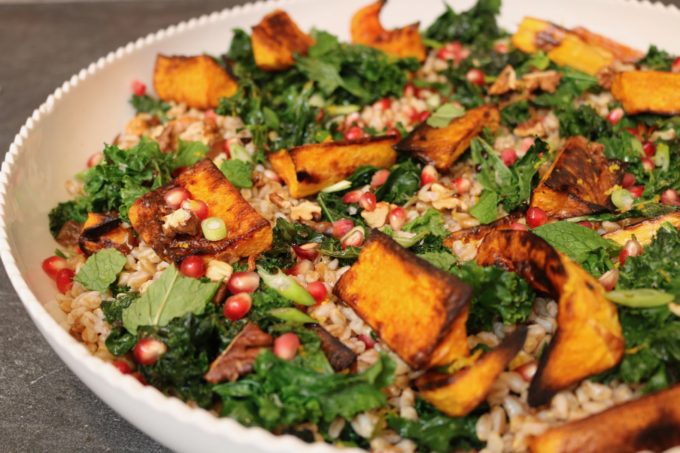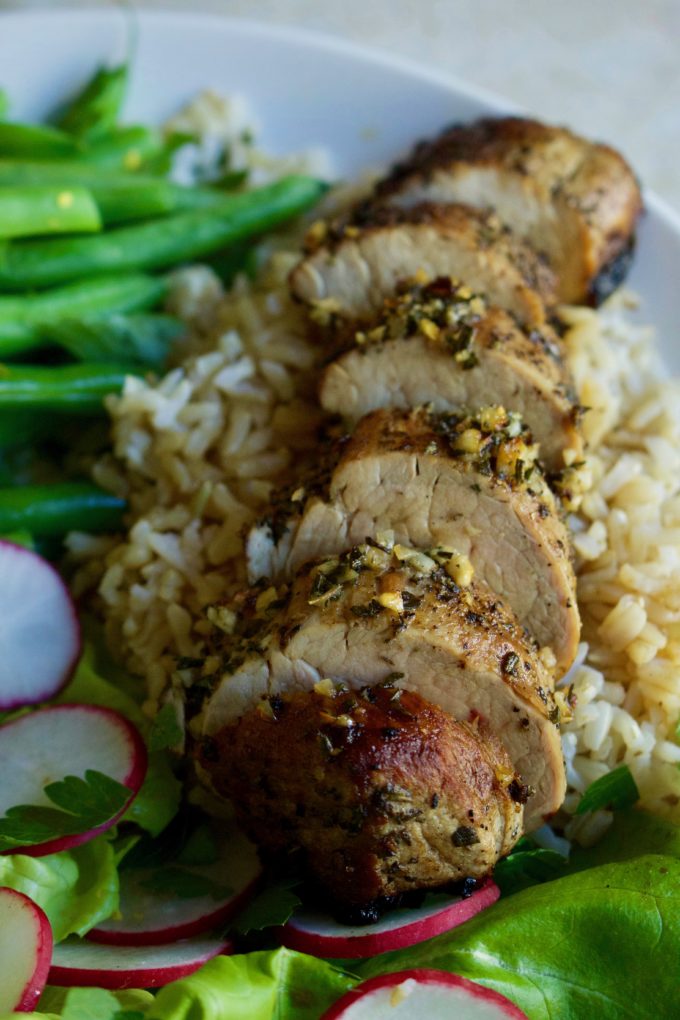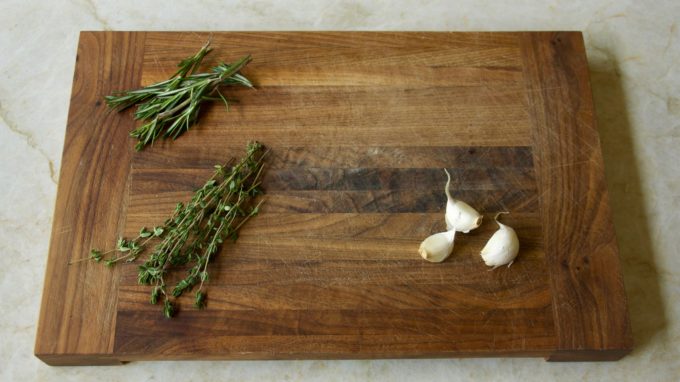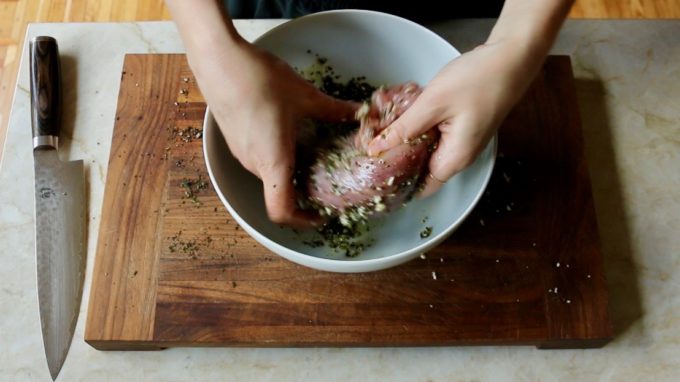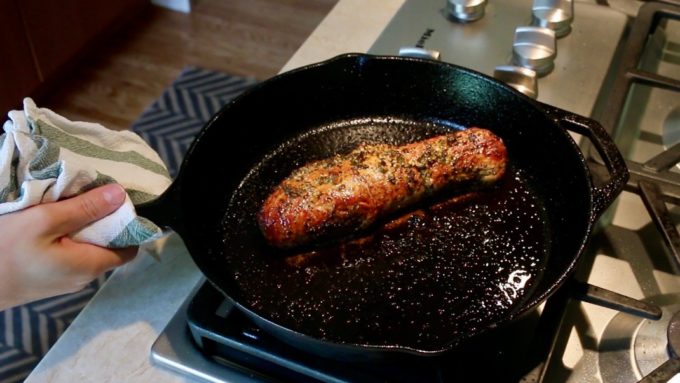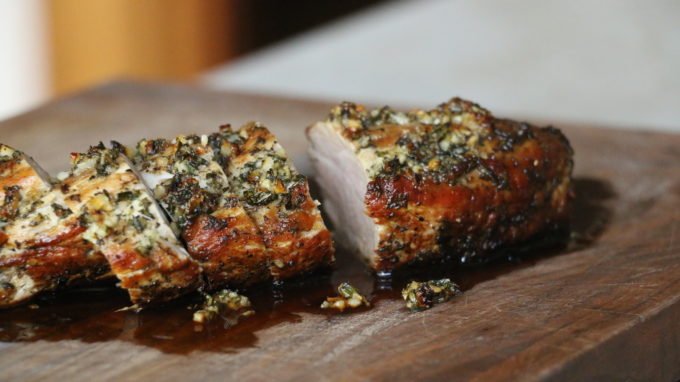We love getting feedback from all our clients but, I must admit, I get most excited when it comes from our clients’ kids. I love hearing when their kids devoured our roasted salmon or actually finished their plate of veggies. So this month’s video is for the kiddos. There’s one thing that I’m pretty sure most parents can agree on and that’s how frustrating it can be to feed kids. I know from my own experience as a nanny that kids are very strong-willed when it comes to food and if they don’t want to eat it, they will find any excuse not to (feeding their peas to the dog when you’re not looking, chucking their apple slices in a bush on the way to school, etc.).
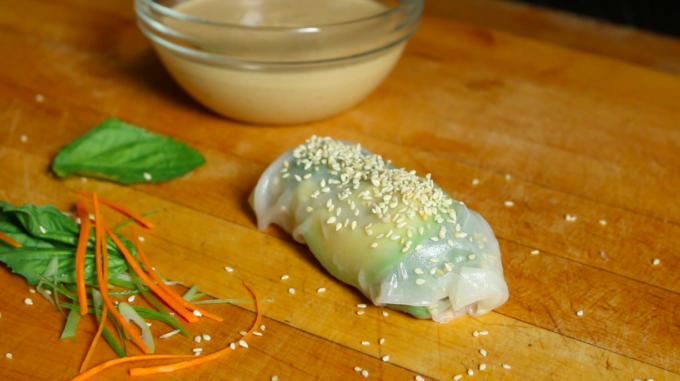
A big part of our job as private chefs involves accommodating these tenacious mini-clients. At WWE, we encourage our clients to use their imaginations and play with their food, especially the littles. We’re always trying to come up with kid-friendly, hands-on snacks that we can add to the rotation. These spring rolls are among our most successful. They also make for a great afterschool activity. Although it’s technically no longer spring, I’m pretty confident that these spring rolls are actually the perfect summer snack. The tangy peanut sauce is a classic and pairs perfectly with the delicate flavors wrapped up in these rolls. Keep these rice papers on hand and fill them with whatever’s lingering in your fridge or whatever veggies your kids are into.
This video also serves double duty by demonstrating another one of our client faves, kids and grownups alike: crispy pan-fried tofu.
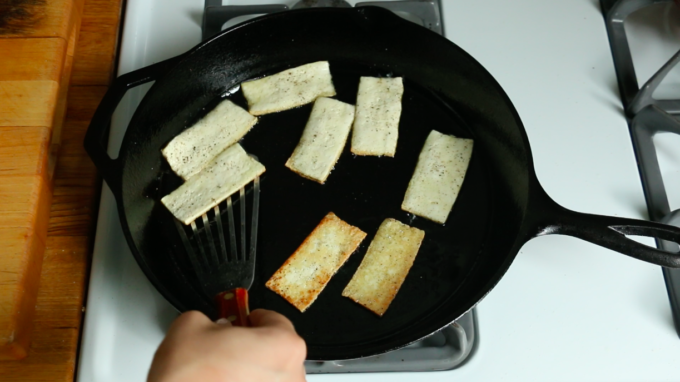
For crispy pan-fried tofu:
- I like to use extra firm tofu because it’s less likely to fall apart when you’re slicing or break mid-flip in the pan.
- Drain as much of the tofu liquid as possible by placing the tofu between absorbent paper towels or a clean dishcloth and weigh it downs with anything you have laying around that’s kind of heavy (an extra cast-iron or heavy plate work great). The dryer the tofu, the better the crunch.
- Slice the tofu as thinly as possible in one fluid stroke. Avoid sawing at the tofu as it tends to crumble if you fuss with it too much.
- Next heat a skillet on high with a nice layer of high-heat oil (grape seed oil, canola oil, safflower oil…) to avoid too much smoke.
- Season both sides of each slice of tofu generously with salt and pepper.
- Working in batches, sear the tofu until a golden crust forms. They should be fairly stiff without much wiggle. This can be difficult to judge. For me, if it feels slimy and slippery when I’m trying to flip it, it’s not ready.
- Once they’re crispy, drain the excess oil by placing the tofu on a plate covered in paper towel.
- Serve in a salad, grain bowl, sesame noodle dish or spring roll. You name it.
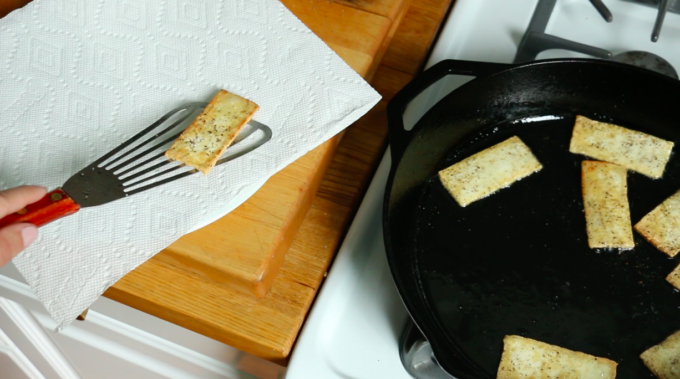
Spring roll fillings:
- Tofu
- Avocado
- Julienned or grated carrots
- Julienned or thinly sliced cucumber
- Julienned or thinly sliced radish
- Thinly sliced mango
- Toasted sesame seeds
- These are just what we had on hand but you can use anything as long as it’s small or thin enough to fit neatly inside.
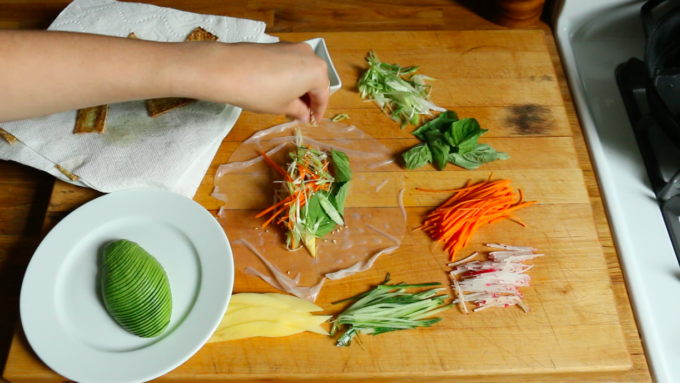
Spring roll wrappers:
- You can find these at most health foods stores or Asian food markets.
- Fill a shallow bowl (we used a pie dish) with cold water.
- Dip each sheet separately into the water and let sit for 1-2 minutes until the wrapper is pliable.
- Lay the wrapper flat on a cutting board or clean work surface and allow your little ones to assemble it themselves.
- Roll it up like you would a burrito. The wrappers are pretty tough so don’t be shy!
- Or forgot the rice paper wrapper all together and use a leafy green instead.
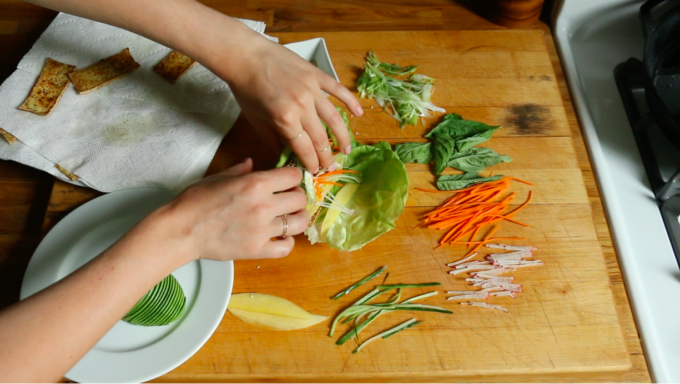
For dipping sauce:
- We love a peanut sauce with 1/2 cup peanut butter lots of fresh grated ginger, garlic, a pinch of chili flakes, 1 tsp. toasted sesame oil, 2 Tbs. rice wine vinegar and 1/2 cup water.
- You may also like a sweet and sour sauce or sweet mustard sauce.
- Or just plain soy sauce!
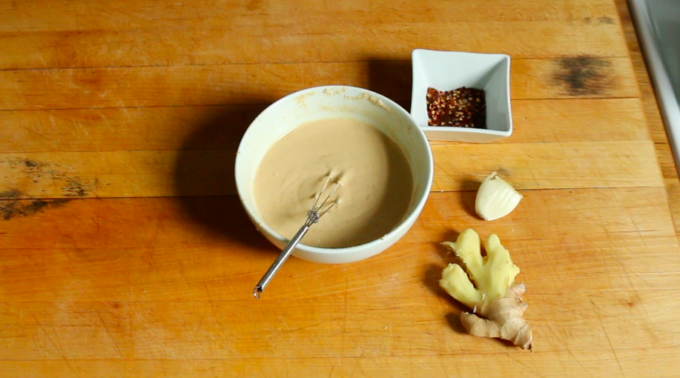
xoxo,
Charlotte
SaveSave
SaveSave
SaveSave
